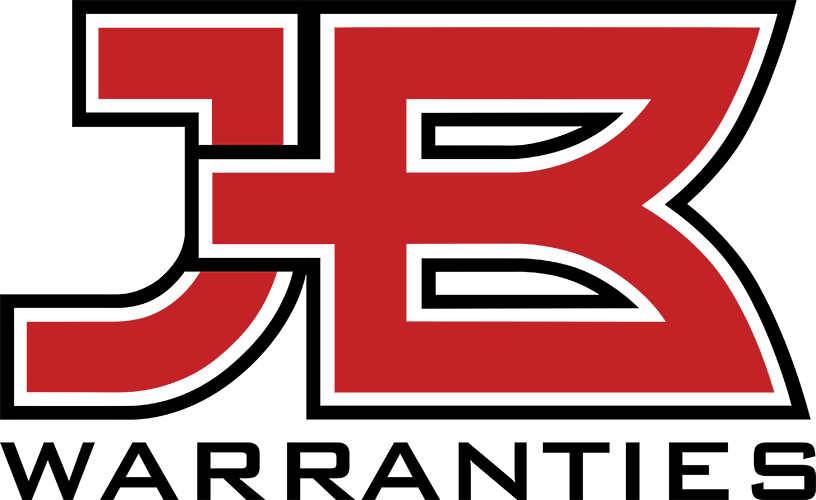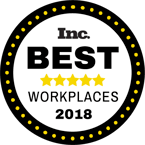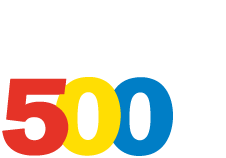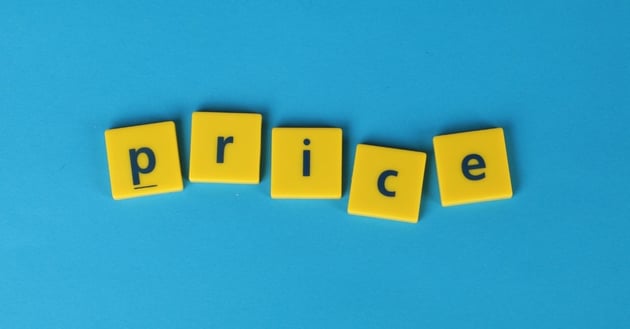
Every business owner — and their team of talented technicians — deserves fair compensation for their services. However, compensation can only be as fair as the established price of services allows. If a business owner doesn't follow best practices while pricing their HVAC or plumbing services, it's not long before profit comes up short, or worse, company cash flow dips into the negative.
If you're the owner or operator of an HVAC or plumbing business, the pricing you decide will ensure your business remains profitable and all operational expenses are met. Keep reading to understand the role pricing plays while maintaining a successful HVAC or plumbing business and the best practices owners should follow to establish fair and profitable service prices.
1. Conduct Market Research
Before starting to crunch numbers, be sure to get a sense of the general labor costs in your area by conducting competitor research. Gathering competitor data can be as simple as researching local competitors through their website and social media sources or checking recent reviews to understand their current pricing structure. Research the pricing of various services to gain a general average and determine the common pricing model in your area, such as flat-rate pricing.
Likewise, be sure to consider customer data as well. By better understanding your local target market, you can accurately adjust your HVAC and plumbing service pricing to meet the specific needs of your locale. This process can include gathering data points such as general customer age range, average household income levels, and most requested service types. This area is another one to tap into personal and competitor customer reviews to understand what your client would prefer.
2. Assess Company Costs and Set Profit Margins
With a better understanding of local competitor pricing and customer preferences, you're a step closer to establishing your HVAC or plumbing service pricing. However, you must first bring in enough revenue to cover your operational costs for your business to profit. Monthly fees, including but not limited to utility payments, fleet expenses, insurance costs, material costs, and employee pay, should all be considered when determining your monthly break-even point.
To establish minimum service pricing to meet your break-even point, start by better comprehending what's owed each month or the accounts payable you can depend on month-to-month. With these details, you can further establish monthly profit margins when calculating project costs later on. To calculate your monthly profit margin, begin by determining your net income:
Monthly Net Income = Total Monthly Revenue – Monthly Material Costs – Monthly Overhead Costs – Monthly Labor Costs
With monthly net income in hand, you can now calculate your profit margin using this calculation:
Monthly Profit Margin = Monthly Net Income / Monthly Total Revenue
3. Choose Your Pricing Model: Time and Materials or Flat-Rate
Now that you've identified your break-even point, it's time to determine the pricing model that works best for you. In the HVAC and plumbing industry, contractors will typically choose between a time and materials pricing model or a flat-rate pricing model. While no method is perfect, each of these pricing models offers pros and cons that contractors should be aware of.
With a time and materials pricing practice, a contractor bills the customer for the contractor's time plus the cost of materials required for the service. This approach is ideal for situations where a service call becomes more work than initially anticipated and ensures the HVAC or plumbing business still profits off the job. However, this pricing model makes it tricky to provide customers with a job price upfront, possibly causing some customer concern.
As an HVAC or plumbing contractor, your other pricing model option would be flat-rate pricing. Using average job timing and material costs, a contractor can provide a set project price to customers before beginning the job. While this is great for customer satisfaction purposes, using general job timing and material cost estimates to construct a project price could run you into some difficulties if you encounter unexpected work, like a sudden burst pipe.
4. Understand How to Calculate Project Costs
Whether you use time and materials pricing or flat-rate pricing, projects will still vary from job to job, so it's essential to understand how to price a specific project with your monthly profit margin already in mind. When calculating total project cost, start by determining your material costs by gathering tool costs, material costs, and disposal costs, and calculate using this equation:
Project Material Expenses + (Profit Margin x Project Material Expenses) = Total Project Material Cost
To complete your total project cost calculation, you will then need to tie in labor costs by multiplying your hourly rate by the estimated amount of working hours you expect the project will entail. With that labor amount in hand, finish your total project cost calculation using this equation:
Total Project Material Cost + Project Labor Cost = Total Project Cost
Using these calculations, you can assure your profit margin is accounted for each time you calculate the project's price using either flat-rate pricing or time and material pricing. Over time, you should document these various calculations and their accompanying projects to create a general pricing guide for future reference.
5. Set Attainable Goals and Seek Professional Approval
You can better establish your overall business goals when you understand how to calculate your HVAC or plumbing service pricing. When doing so, ensure that your current pricing and profit margins line up with your goals in a modest manner. Of course, just because you have your pricing structure ready to go doesn't mean you're going to see a huge influx of profit, so be sure to set attainable goals that you can realistically meet.
When establishing any new financial practice or goal in your business, it's always important to confirm you're making the correct decisions. Since you're probably not a trade professional by day and a financial expert by night, consider seeking a financial advisor that can help guide and assess any new business pricing or profit goals. These individuals can help identify underlying flaws you may not be aware of to avoid financial troubles later on down the line.
Set Up Your Pricing for Long-Term Success
As an HVAC or plumbing professional, you've probably already witnessed some of the hurdles you can face when incorrectly pricing your services. Though no single method is set in stone, these general best practices can be used to better view your company's financials to promote better pricing. Accompanied by the use of readily available financial resources, such as accounting software and payment processing solutions, you can streamline your pricing practices in no time.
Brian Bohannan
Vice President of Sales at JB Warranties



